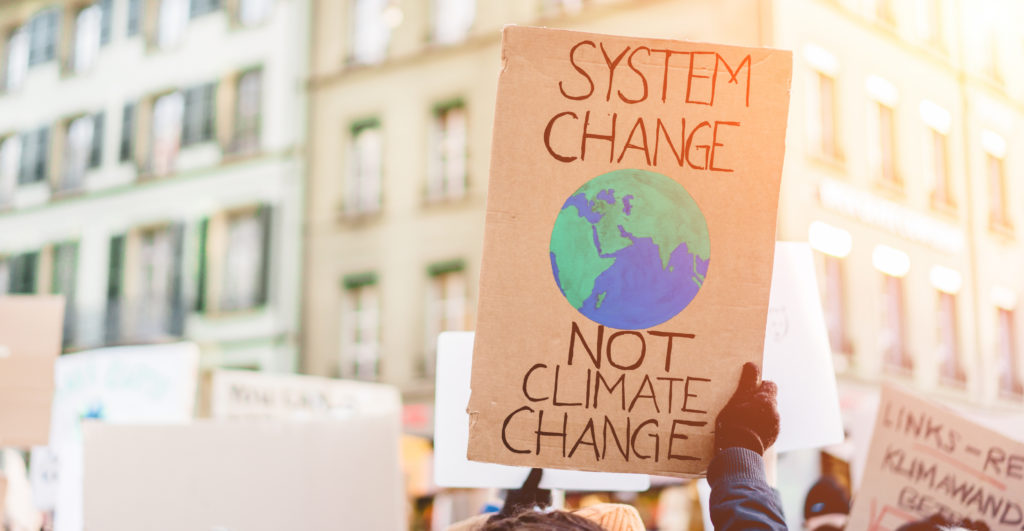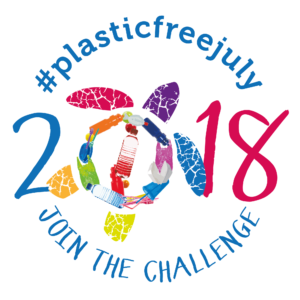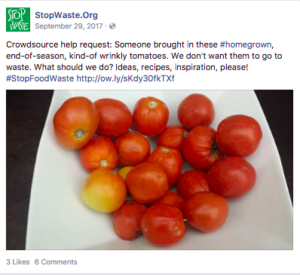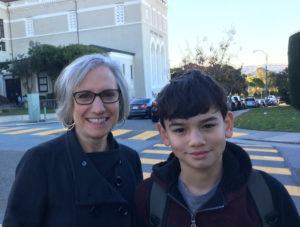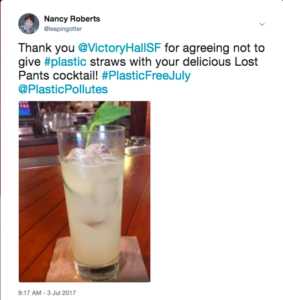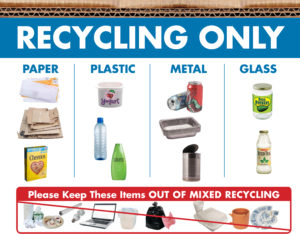
At Gigantic, we understand that facts and figures are important for advancing science and for communicating about issues such as the impact of climate change. But plainly presented facts are not always ideal for inspiring action and behavior change. Visual and performing arts can be very useful for helping people see the larger picture, grasp relationships through story and create an emotional response that will reinforce action. Two Bay Area examples show the way.
In downtown San Francisco, a 60-foot-high mural of climate activist – and TIME Person of the Year – Greta Thunberg fixes passersby in Union Square with an implacable look. The mural is a project of the nonprofit One Atmosphere and Argentine artist Cobre. Ms. Thunberg is an icon of climate resistance and the single-minded passion of young climate activists all over the world. This 16 year old has become a heroic and still very human and vulnerable face of the climate movement; the mural’s unavoidable stare serves as a prominent reminder of the need to raise climate awareness.
Also in San Francisco, the Climate Music Project seeks to “ tell the urgent story of climate change to broad and diverse audiences in a way that resonates, educates, and motivates.” A collaboration of world-class scientists and musicians, the Project supports science-guided music and visual experiences to inspire people to engage actively on the issue of climate change.
I recently saw a concert of pieces inspired by climate change data by San Francisco Conservatory of Music composition students and was impressed by the different creative approaches the students took to portray the grim statistics.
Artists around the world are grappling with how to express the enormity of the emergencies of climate and biodiversity loss. Their work can inform and enhance our outreach efforts and remind us of the importance of vivid communication in all our environmental work.
